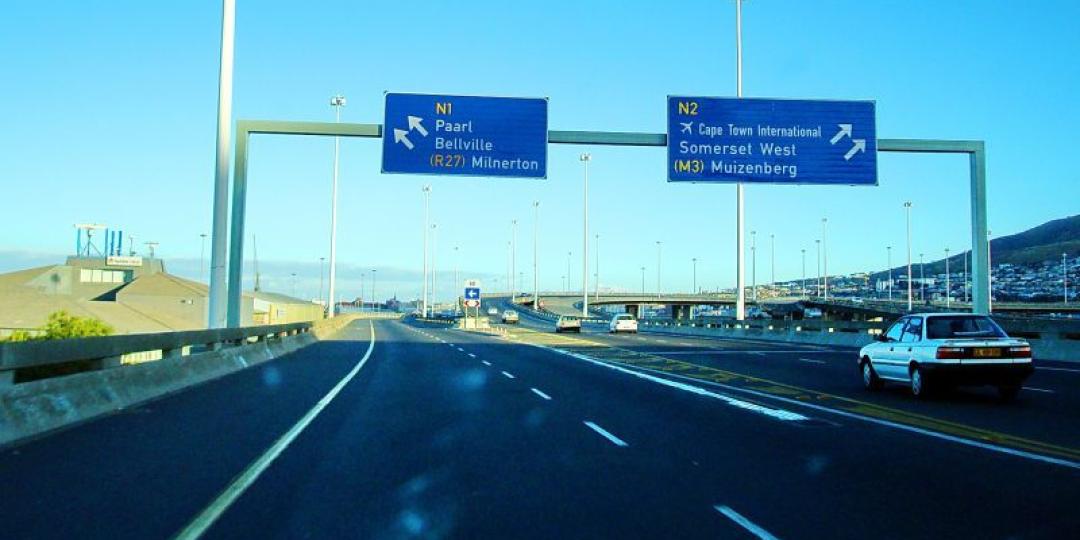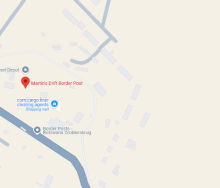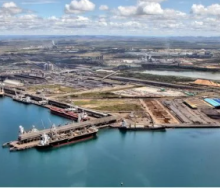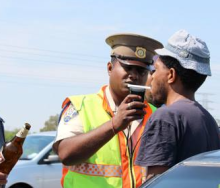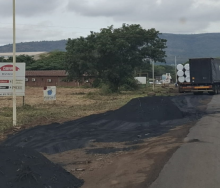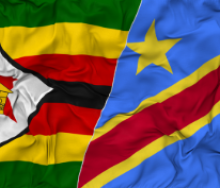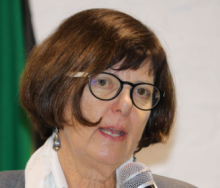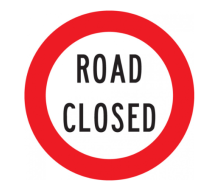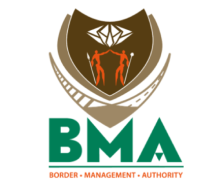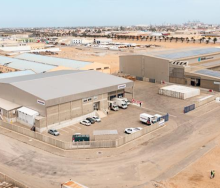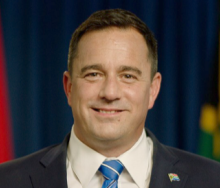More stretches of the N1 and N2 highways are earmarked for tolling in the future if a submission by the Department of Transport (DoT), on which they are currently working, and will be a roads policy for South Africa, permits it.
That is according to the head of engineering for the South African National Roads Agency Limited (Sanral), Louw Kannemeyer.
Kannemeyer said that in studies Sanral had previously undertaken it had identified a potential of about 5 000 kilometres of South Africa’s 750 000km road network that is financially viable to become toll roads. Tolls provide another funding mechanism to enable it to borrow money to implement much-needed improvements. There are currently about 2 952kms which are toll roads, a small proportion of the overall network.
“So what we are talking about really is roads that need to be taken from let’s say a single carriageway to dual carriage freeway. Currently, there is no budget available from the fiscus to undertake these improvements. If we wait for the money to be available from the fiscus we can implement these improvements over a 10-15-year period, but if we can borrow money we can implement in about four years. So the toll enables us to implement faster. This applies to much-needed projects countrywide,” he said in an interview on Radio 702.
“In terms of the network that we looked at, it was predominantly the major national corridors because, as you can appreciate, to keep the toll tariff as low as possible you need vehicle volume on that corridor to distribute the cost. So these would be mainly the N1 and N2 in the parts that are not yet tolled, but have the traffic threshold to justify the toll,” he explained.
He said on the N1 south from Johannesburg, for instance, it is tolled all the way until you clear Bloemfontein. Then your next toll is the Huguenot Plaza, which is a stretch that has seen traffic growth in recent years – specifically heavy vehicles. So there are a number of sections of the N1 which are now deemed to be ready for conversion to a dual carriageway. Making these changes will be accelerated using the toll funding model.
Should it be allowed to go ahead, the process will be to go to the public where it will demonstrate the improvements, what is intended to be gained, and how the revenue is to be raised. This is the standard process undertaken before a toll road can be established.
“It is important to note that these scenarios about toll road funding were sketched many years ago. The e-toll saga in Gauteng put a stop to all these processes as, before we can proceed any further, including even the necessary public process, we have to be policy certain in South Africa on how we are going to pay for our roads going forward. That is part of a submission by the DoT that it is currently working on, which will be a roads policy for South Africa that will impact the funding instruments.
“That might be a decision that there are no more tolls and we, as Sanral, will have to adhere to that decision,” he concluded.
